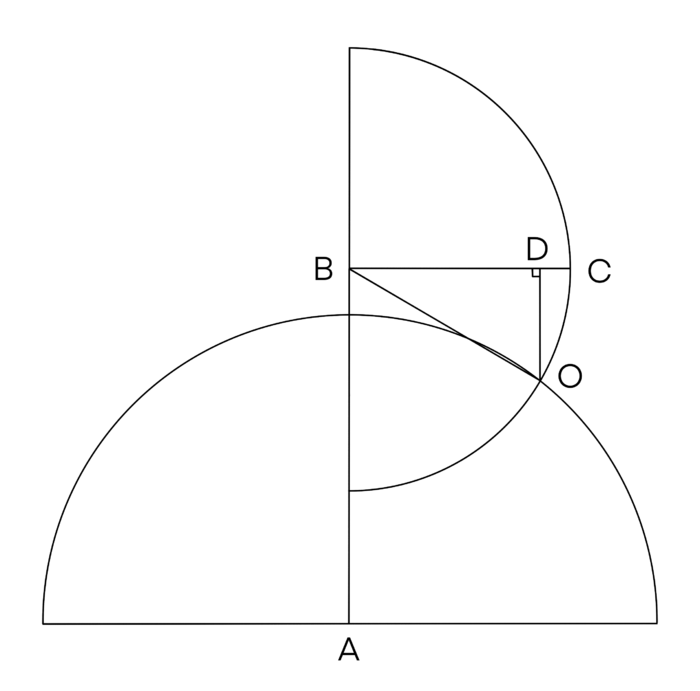2003 AMC 12B Problems/Problem 21
Revision as of 10:55, 31 August 2022 by Isabelchen (talk | contribs)
Problem
An object moves ![]() cm in a straight line from
cm in a straight line from ![]() to
to ![]() , turns at an angle
, turns at an angle ![]() , measured in radians and chosen at random from the interval
, measured in radians and chosen at random from the interval ![]() , and moves
, and moves ![]() cm in a straight line to
cm in a straight line to ![]() . What is the probability that
. What is the probability that ![]() ?
?
![]()
Solution 1 (Trigonometry)
By the Law of Cosines,

It follows that ![]() , and the probability is
, and the probability is ![]() .
.
Solution 2
See also
| 2003 AMC 12B (Problems • Answer Key • Resources) | |
| Preceded by Problem 20 |
Followed by Problem 22 |
| 1 • 2 • 3 • 4 • 5 • 6 • 7 • 8 • 9 • 10 • 11 • 12 • 13 • 14 • 15 • 16 • 17 • 18 • 19 • 20 • 21 • 22 • 23 • 24 • 25 | |
| All AMC 12 Problems and Solutions | |
The problems on this page are copyrighted by the Mathematical Association of America's American Mathematics Competitions. 










